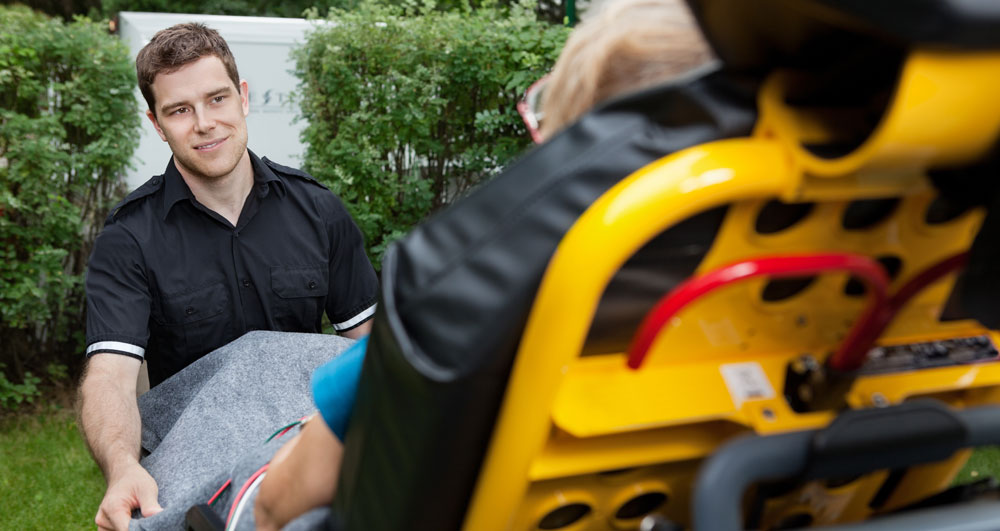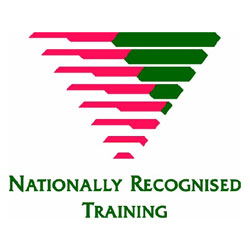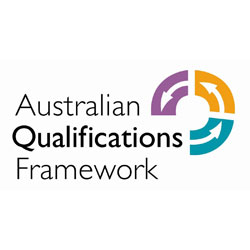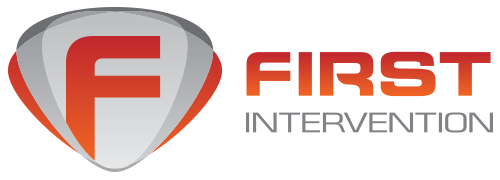Training includes the practical skills and knowledge to:
- Prepare and check the non-emergency patient vehicle and equipment
- Ensure faults in the vehicle and equipment are remedied
- Convey and receive necessary information using available modes of communication
- Load, unload and secure non-emergency patient and other specific personnel for transportation
If you would like to be considered for a position in an upcoming course, please email us at info@firstintervention.com.au.
Alternatively you can Contact Us directly – we are here to help.

Entry Requirements
Applicants must be over 21 years with a minimum Green P. plate Victorian License
Course Delivery and Duration
For you to study, practice and be assessed against each of the specific components of the unit of competency you will participate in:
- Comprehensive training & assessment skills conducted across your 1 day of practical & theory classes, delivered at the First Intervention training facility
- Online assessments through the Learning Management System – Moodle
Fees, Refund and Cancellation Policy
Course Fee = $800.00.
- An invoice for the Course Fee will be issued to you within 2 days of being enrolled into the course.
- Non-payment of the course fee will result in your enrolment being cancelled.
- Should you cancel your enrolment with 7 or less days’ notice prior to your class, no refunds shall apply.
- Should you cancel your enrolment with 8 days or more notice from your class, a refund of $700 shall apply and an administration fee of $100 will be retained by First Intervention.
Course Structure
ELEMENT PERFORMANCE CRITERIA
| 1.Prepare and check vehicle and equipment | 1.1 Check vehicle and equipment systematically and comprehensively based on a local vehicle checklist or inventory
1.2 Conduct vehicle checks on a regular basis according to organisation procedures to ensure continuing serviceability of vehicle and equipment 1.3 Ensure interior and exterior cleanliness of vehicle in accordance with organisation policies and procedures for minimisation of infection risk to both non-emergency personnel and patients 1.4 Maintain vehicle operating stock to acceptable minimum and maximum levels 1.5 Maintain vehicle and equipment according to established clinical guidelines and protocols
|
||
| 2. Ensure faults in vehicle and equipment are remedied | 2.1 Identify and report general nature of fault and liaise with organisation to remedy fault
2.2 Assess risk of further damage to malfunctioning vehicle or equipment against patient care priorities, and communicate decisions to appropriate workers 2.3 Rectify minor faults where possible 2.4 Establish need for additional or replacement resources, and communicate to appropriate personnel
|
||
| 3. Convey and receive information using necessary modes of communication | 3.1 Update knowledge to ensure communication techniques and procedures are consistent with relevant legislation and established clinical guidelines and protocols
3.2 Notify appropriate receiving facility according to local standard non-emergency patient transport procedures
|
||
|
4. Load, unload and secure non-emergency patient and other specific personnel for transportation |
4.1 Load and unload patient, consistent with safe work practices and organisation policy and procedures 4.2 Check with patient that appropriate support or assistance during loading or unloading is being undertaken 4.3 Transport appropriate personnel to accompany the patient, where such a need has been identified and there is a capacity to do so, in accordance with established clinical guidelines/protocols 4.4 Organise and secure equipment in accordance with relevant Australian Standards, legislation and organisation policies and procedures
|
||
| 5. Drive vehicle | 5.1 Drive vehicle in a manner that avoids exacerbation of patient’s condition
5.2 Drive vehicle under operational conditions in a low risk manner and according to legal requirements 5.3 Ensure communication is established between driver and patient or patient care officer to ensure effective observation and patient care during transport 5.4 Consult map or Global Positioning System (GPS) accurately when required 5.5 Take the most efficient route by monitoring factors likely to cause delays or route deviations |
||
Statement of Attainment
On successful completion, participants will be issued with a nationally recognised Statement of Attainment for HLTOUT007 – Transport non-emergency patients under operational conditions.
For some Vocational Education and Training (VET) courses, this unit may also contribute towards nationally recognised qualifications. The training may also provide an opportunity for professional development by increasing skills, knowledge and application in the work or home environment.
Our Trainers
Our trainers all hold a Certificate IV in Training & Assessment and have current, extensive experience in the community as Health Care professionals, Paramedics or Nurses. We offer the highest standards of knowledge and skills transfer, supported by up-to-date, relevant information on industry practices and protocols.
Training Centres
25 Silicon Place, Tullamarine,
Victoria 3043 Australia
Training can also be conducted at your workplace where there are sufficient student enrolments. Contact us for further details.


This unit contributes to many Nationally Recognised Training Qualifications which is recognised within the Australian Qualifications Framework.
if you would like to enrol in an upcoming course.

